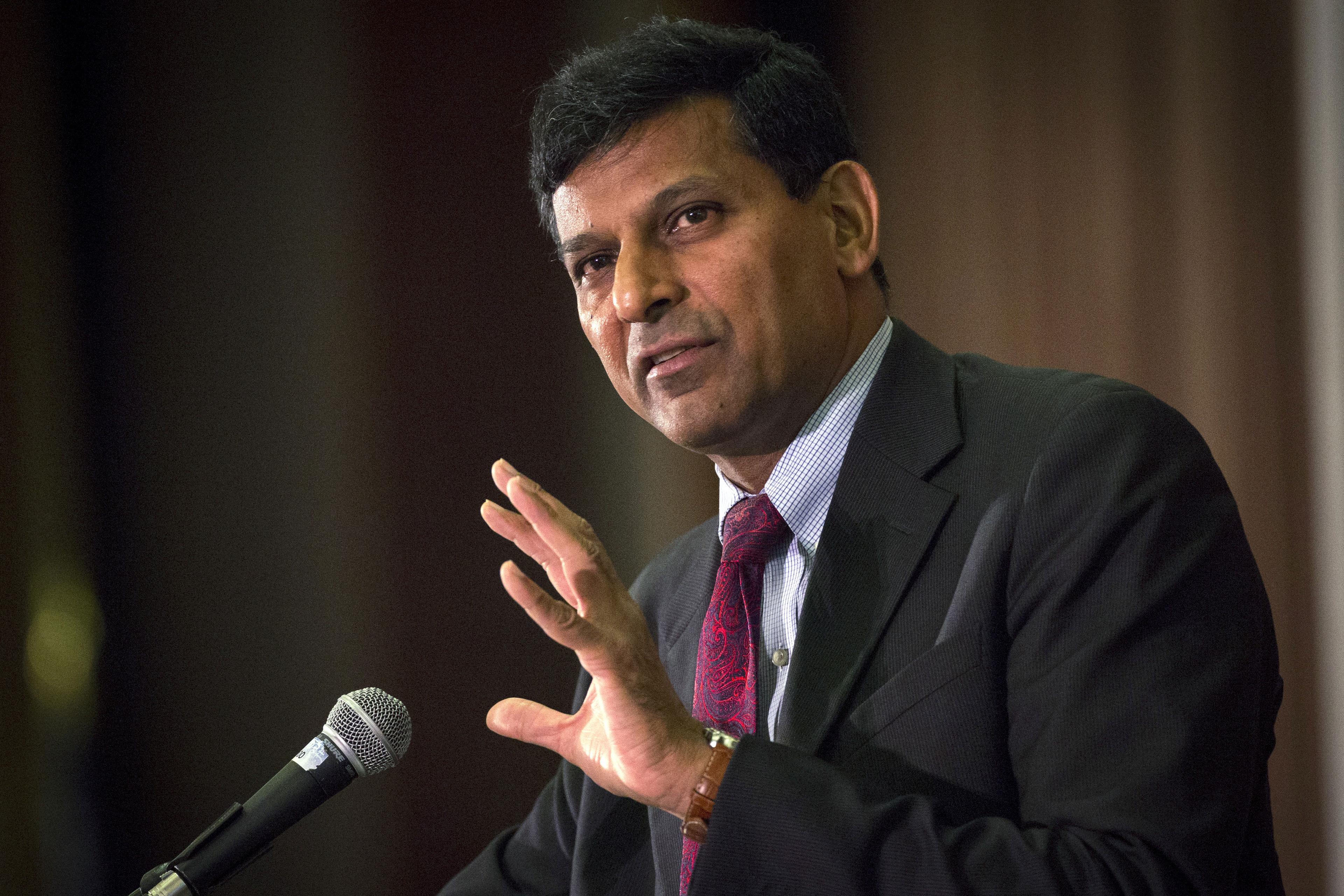The Reserve Bank of India (RBI) held the key monetary policy rate at 7.25 per cent in its bi-monthly policy review meet on Tuesday while pegging the future rate cuts on banks’ transmission mechanism, inflation and US monetary policy.
The decision by the central bank was in line with the forecasts of 21 economists in a poll conducted by VCCircle last week.
While the central bank has snipped the repo rate thrice this year by 25 basis points (bps) each, retail banks have been reluctant to pass on the benefits to the consumers. The monetary policy statement by RBI highlighted that despite a 75 bps cut in repo rate, median base rates have fallen only by 30 bps. RBI governor Raghuram Rajan has been reiterating his stance of banks passing on the rate cuts to consumers since the start of the year to jump-start investments in India's flailing industrial sector.
Talking about inflation, RBI said due to large base effects, inflation is expected to be soft in July and August but cautioned that from September, the favourable effects may wane.
It said the most worrisome aspect is the sustained hardening of inflation excluding food and fuel though prices of pulses and oilseeds have pushed up a bit. RBI also pointed that the full effects of the service tax increase, which took effect from June, will feed through over the rest of the year.
“Relative to the projections of the second bi-monthly statement, inflation projections in this bi-monthly statement are elevated by the higher-than-expected June observation but reduced by prospects of softer crude prices and a near-normal monsoon thus far. This implies that inflation projections for January-March 2016 are lower by about 0.2 per cent, with risks broadly balanced around the target of 6 per cent for January 2016,” RBI said.
RBI retained the existing statutory liquidity ratio or SLR and cash reserve ratio or CRR. SLR is the reserve requirement that commercial banks are expected to maintain in the form of cash, gold or government approved securities before providing credit to the customers. CRR is the amount of cash banks have to keep with RBI.
Meanwhile, the central bank made no change to the GDP growth outlook keeping the number at 7.6 per cent for the current fiscal after it had revised the number downwards in the last review given the balance of risks and downward revision to GVA estimates released by the government for 2014-15.
The central bank also welcomed the government's efforts of recapitalising NPA- or bad loan-laden banking system. While the government in its budget had promised a corpus of Rs 7,940 crore for recapitalisation of public sector banks, the finance minister on Friday put forth a proposal to induce Rs 25,000 crore in the banking system.
While the bank has been trying to effectively manage inflation, it has also been at loggerheads with the government regarding the formation of monetary policy committee (MPC). Though the government and the central bank introduced MPC framework earlier this year, there have been disagreements regarding the constitution. While the RBI wants greater autonomy for central bank, the recent FSLRC recommendation talked about removing the governor’s veto power while suggesting greater representation to the government in MPC.
Given the healthy pace at which economy is growing, Rajan may have room for one more rate cut for the calendar year. The survey conducted by VCCircle showed that the bank may cut rates by 25 bps by the end of the calendar year.
The fourth bi-monthly monetary policy statement for fiscal year 2015-16 is scheduled on September 29, 2015.






